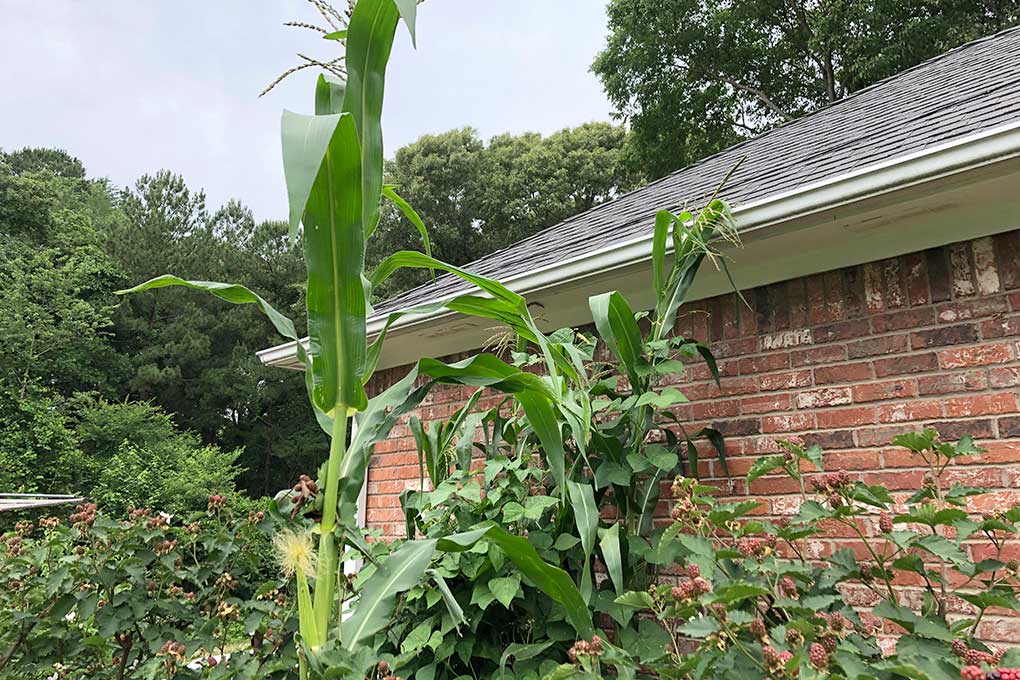For most Americans, today’s lockdowns and social distancing requirements are new. For my family, they’re what we do every flu season. That’s because our son, Hunter, has a rare condition known as spinal muscular atrophy (SMA), and any type of infection can quickly become life-threatening for him.
SMA is similar to ALS, also known as Lou Gehrig’s disease, but for babies. It is degenerative, stealing the ability to move and later to swallow and eventually to breathe. Hunter was diagnosed at 8 weeks of age and expected to live less than a year.
My husband and I fought to gain access to a potential treatment not yet approved for SMA. In our pursuit of expanded access, like compassionate use for many patients, we also have much in common with today’s COVID-19 patients, their families, and doctors, who need authorization to try promising, not yet approved therapies to save a life.
Thanks to Hunter’s treatment, he is now eight years old. He still faces challenges, but we are fortunate for every day with him. And the therapy we used has gone on to earn approval as a treatment for SMA, meaning it is improving more lives.[1]
This is a story I tell frequently, especially to parents of children with rare diseases, because it can bring hope. I also tell it to lawmakers, most recently to members of Congress just before this pandemic struck, to encourage them to support policies accelerating biopharmaceutical development to cure all types of disease. And I’m telling it here, because our experience has specific bearing on today’s national crisis.
I understand the fear many Americans are experiencing. I worry, too. Every winter, we hunker down to avoid bringing the flu into our home. And just like our family, millions of Texans with underlying conditions and those reliant on immunosuppressive therapies are taking great measures to protect themselves from coronavirus. These measures can be frustrating, depressing, isolating, and scary. Please know we will all get through this together, and call on others to help you when you need it.
And just like there was a treatment for Hunter—and another approved last year[2]—there will be innovations to solve this crisis. I have nothing but respect and admiration for the scientists and researchers whose work often flies under the radar. They have already discovered the keys we need to beat this virus, a library of treatments, candidate drugs, and vaccine “templates” many thousands strong and built up over decades. We don’t know yet which of these pharmaceuticals will unlock a future beyond COVID-19, but the leading experts in the field are hard at work and they will find out.
In the meantime, many people want to know what they can do, and taking action can help us overcome the sense of helplessness that is natural in the early days facing down a deadly disease. If I can recommend one thing, contact your elected officials, especially those in Washington, and urge them to do everything they can think of to push for pharmaceutical development. And tell them not to stop at the coronavirus or infectious disease. There are all sorts of illnesses out there. In fact, there are more than 7,000 rare diseases and only 5 percent of those have an approved treatment.
The more of them we cure, the more resilient America will be to any future epidemic and the healthier, more productive, and happier we will be every day.
For more stories like this, see the May 27 issue or subscribe online.
By Khrystal K. Davis, JD, She is the founder of Texas Rare Alliance and a member of the Texas Newborn Screening Advisory Committee.

















0 Comments